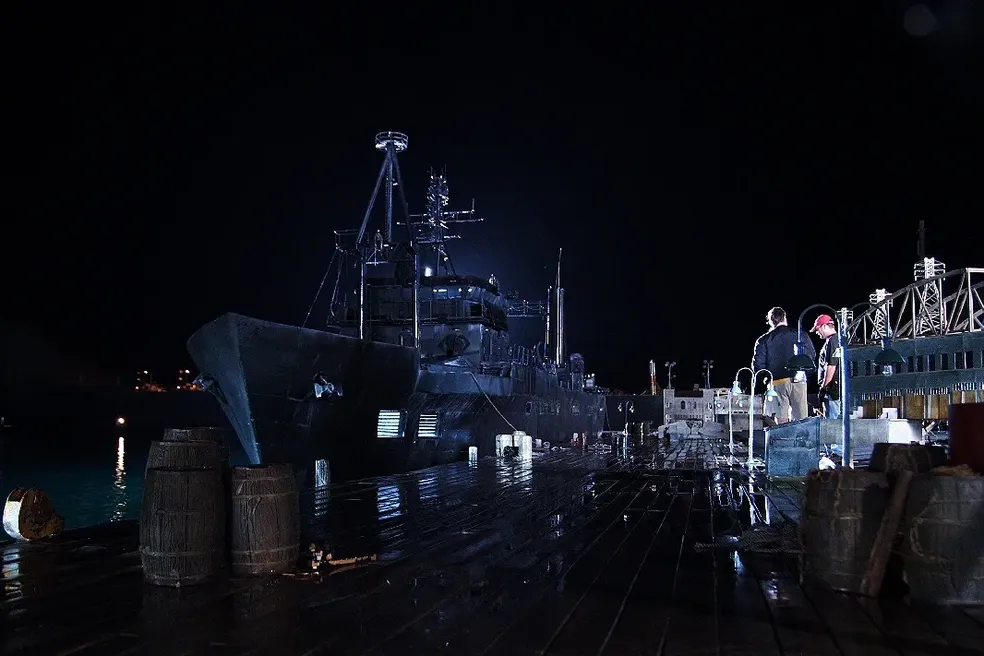Introduction to Miniatures in Film
Miniatures have been a cornerstone of the filmmaking industry for decades, offering filmmakers a practical and visually stunning way to create expansive and intricate scenes. From the towering cities in “Blade Runner” to the iconic spaceship battles in “Star Wars,” miniatures have enabled filmmakers to bring their most imaginative concepts to life in ways that digital effects sometimes struggle to match.
Why Miniatures Still Matter
Despite the significant advancements in CGI, miniatures remain a critical tool in visual effects. They offer a tangible realism that digital effects often lack. The physical presence of miniatures allows for authentic lighting, texture, and intricate details that can be challenging to replicate digitally. Furthermore, miniatures can often be more cost-effective, particularly for complex scenes that would require extensive rendering and animation time if done entirely in CGI.
The Advantages of Using Miniatures
- Realism: Miniatures provide a level of detail and authenticity that enhances the visual storytelling of a film. The physical properties of miniatures, such as real-world textures and natural lighting, contribute to a more immersive experience for the audience.
- Cost-Effectiveness: Building a miniature set can be more economical than creating a fully digital environment, especially for scenes that require a high level of detail.
- Creative Control: Filmmakers can manipulate miniatures in real-time, allowing for immediate feedback and adjustments on set. This hands-on approach can lead to more creative and innovative visual effects.
Case Studies: Iconic Films Featuring Miniatures
Miniatures have played a crucial role in some of the most memorable scenes in film history. Here are a few notable examples:
- Blade Runner (1982): The dystopian cityscapes of Ridley Scott’s “Blade Runner” were brought to life using detailed miniature models, creating a visually stunning and atmospheric world.
- Star Wars Franchise: From the Death Star to various spacecraft, the “Star Wars” films have relied heavily on miniatures to depict epic space battles and intricate environments.
- The Lord of the Rings Trilogy: Peter Jackson’s team used miniatures extensively to create the vast landscapes and towering structures of Middle-earth, blending them seamlessly with CGI and live-action footage.
Blind Beagle VFX’s Contributions
At Blind Beagle VFX, we have continued the tradition of using miniatures to create breathtaking visual effects. Our team has worked on numerous high-profile projects where miniatures played a pivotal role:
- The Expendables: We crafted intricate miniatures for explosive action sequences, seamlessly integrating them with live-action footage to enhance the film’s visual impact.
- Moonrise Kingdom: Our work involved creating detailed miniature sets that added depth and charm to the film’s whimsical aesthetic.
The Future of Miniatures in Filmmaking
As the film industry continues to evolve, the use of miniatures remains a vital technique for creating visually stunning effects. The blend of practical effects with digital technology opens up new possibilities for filmmakers, allowing them to push the boundaries of visual storytelling.
Conclusion
Miniatures are more than just small models; they are a powerful storytelling tool that can elevate a film’s visual impact. At Blind Beagle VFX, we pride ourselves on our ability to bring these tiny worlds to life, creating epic scenes that captivate audiences. By combining traditional techniques with modern technology, we continue to deliver innovative and visually stunning effects that stand the test of time.


